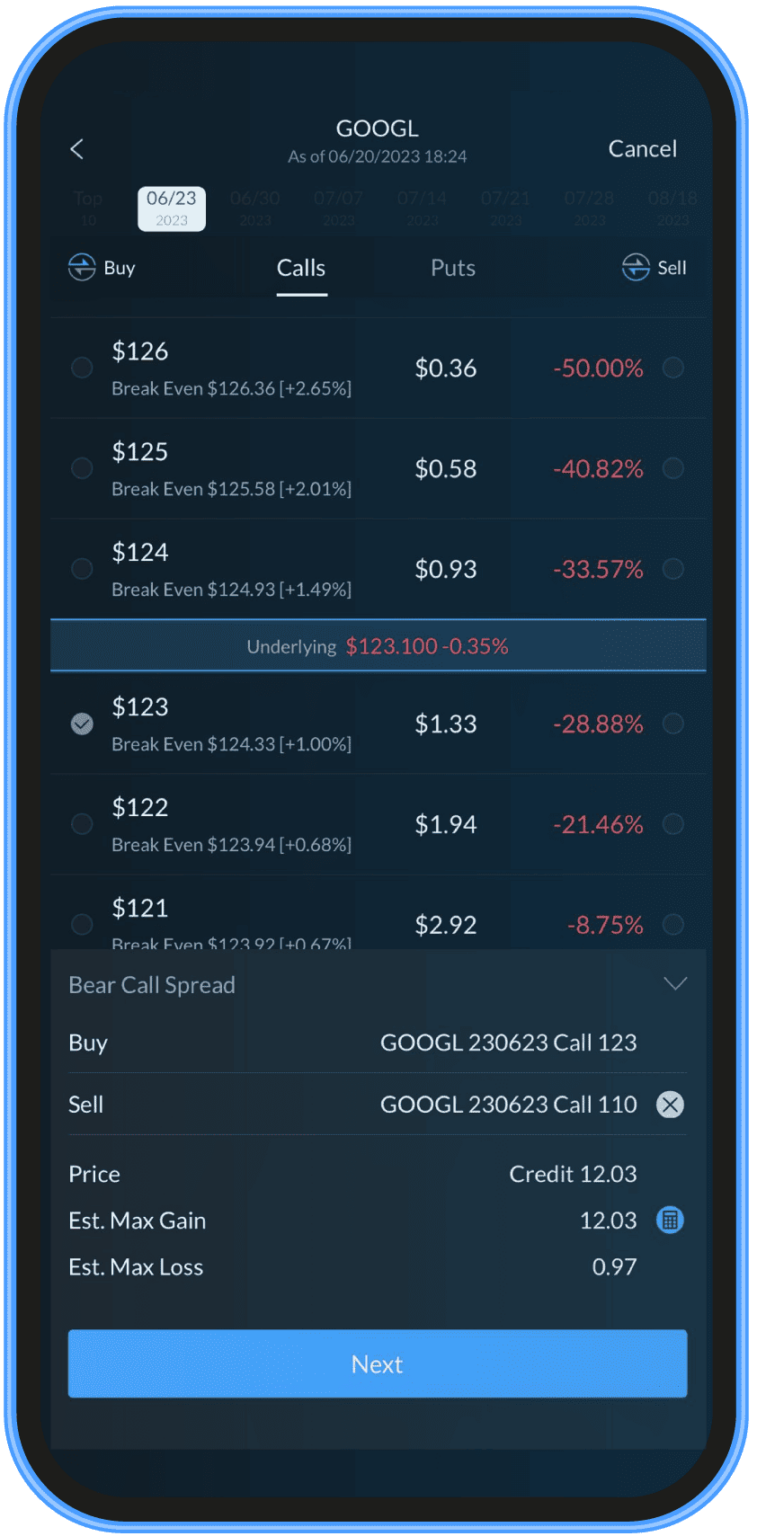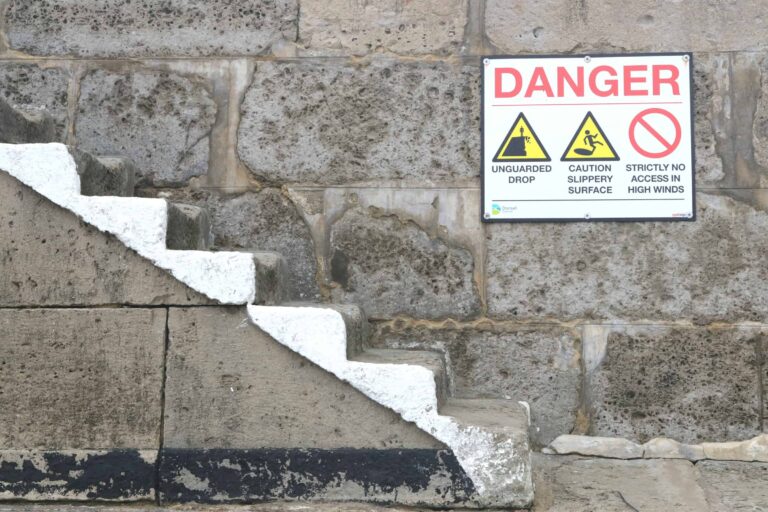Imagine a stock is currently trading at $50. An investor anticipates a moderate price decline and wishes to profit from this potential movement. They decide to implement a covered put strategy to achieve this goal.
Here’s how the investor sets up this strategy:
1. Short the Underlying Stock: The investor shorts 100 shares of the stock, receiving $5,000 (since the stock is trading at $50).
2. Sell a Put Option: The investor sells a put option with a $45 strike price, receiving a premium of $3, or $300 for one contract (since 1 option contract typically represents 100 shares).
The net credit (income) for this strategy is $5,300.
Outcome scenarios:
Stock falls below $45 at expiration: The put option is in-the-money, and the investor must buy the stock at $45. The total profit is $800 ($500 from the stock depreciation plus the $300 premium received).
Stock remains above $45 at expiration: The put option expires worthless, and the investor keeps the $300 premium. If the stock remains at $50, the investor breaks even on the short stock position and the total profit is the $300 premium.
Stock rises above $50 at expiration: The put option expires worthless, and the investor keeps the $300 premium. However, the investor will incur a loss on the short stock itself, depending on the exact stock price at expiration.
The covered put strategy provides a way for investors to profit from a price decline while generating additional income from the sold put option.
Disclaimer: This article is for informational purposes only and is neither investment advice nor a solicitation to buy or sell securities. Investing carries inherent risks. Always conduct thorough research or consult with a financial expert before making any investment decisions.
P.S. If you don’t yet have a BBAE account, we are still offering an up to $400 sign-up bonus for your first deposit. Get it while it lasts!















